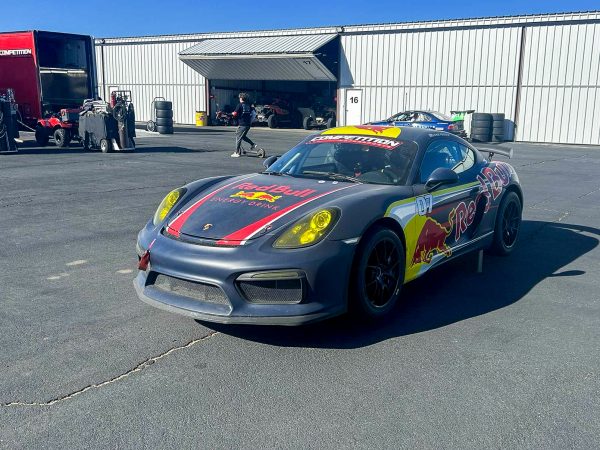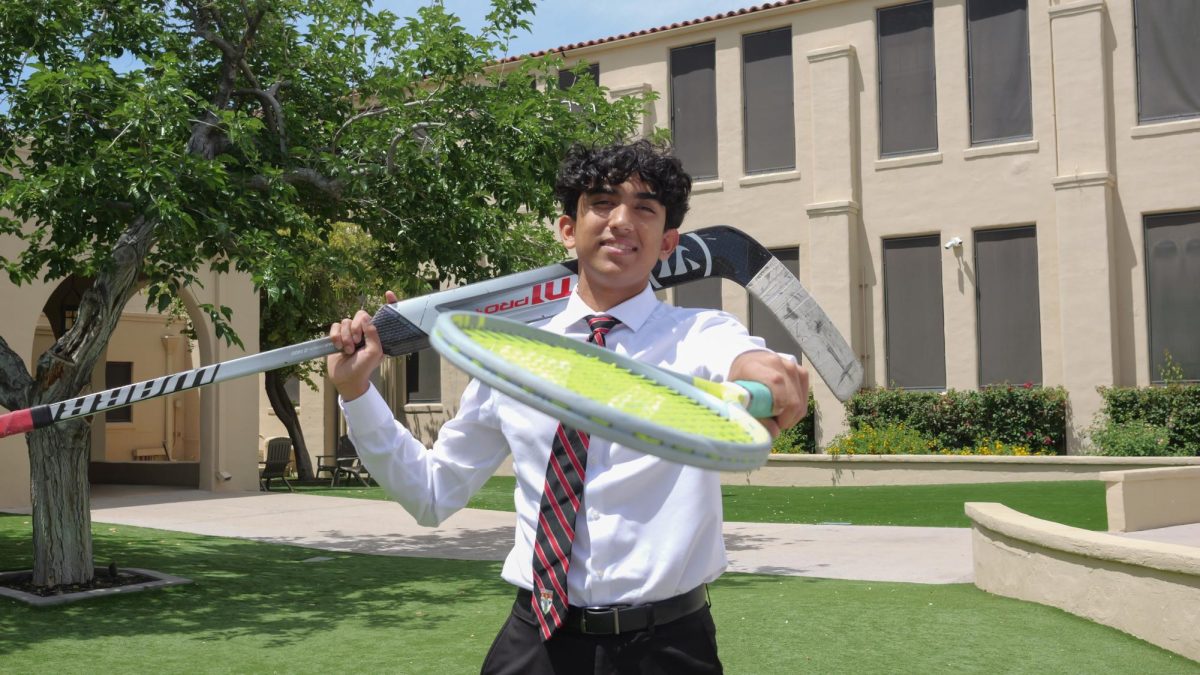Kart racing can be a fun experience for almost anyone, but few people know the financial burdens that come with competitive racing. Carson Bowers ’25 races in various series around the world that can cost a large amount of money.
This year, Bowers will be entering in two different racing series, both of which can cost tens of thousands of dollars for a weekend of racing. Entering a race just a few times in a year can have huge consequences for many families. The main way that drivers combat this is through sponsorships from big companies.
Companies will give some of the best drivers in a series a large sum of money in return for branding on a driver’s car, helmet or race suit. Getting sponsorships is a difficult task that requires drivers to be presentable. Bowers said “I’ve had to learn to be a good race car driver but also to be a good business person.” Bowers has to have connections to companies while also being a fast and marketable driver. He said “It’s all about who you know.”
Racing’s high price comes from multiple different factors, including travel, food, car parts and race entries. In some races that are far away, drivers will also need to rent a kart to drive in the race. When renting a kart, drivers need to sign a contract that includes a fee if they crash. Crashing a car or kart can add thousands of dollars to an already expensive weekend of racing.
Numerous variables in racing like tires, fuel and race entry fees that prevent the price of racing from decreasing. Motorsport could definitely be less expensive but teams tend to inflate the prices of cars and other necessities. Bowers says “Teams will pay 150 grand for a car but you pay 300 grand to race it.”
Racing will likely continue to get more and more expensive. Teams operating costs will rise meaning they will charge drivers more to race.
The best of the best drivers will progress to better series that race faster and more expensive cars. This greatly boosts the price of racing sometimes into the millions of dollars per year. 



























